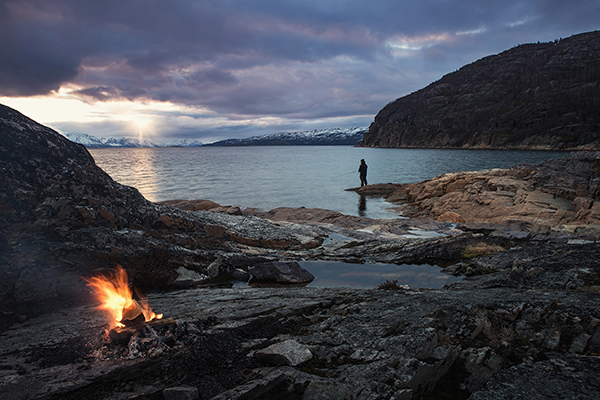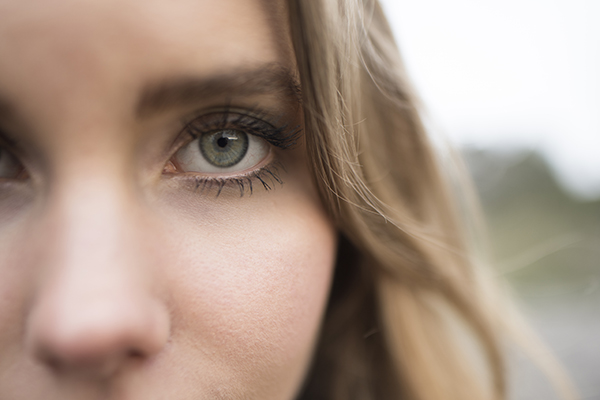Common Questions
What is Aperture and how does it affect your images?
More Photo Tips | Video Gallery | Photo Gallery | Enewsletter sign-up
Aperture refers to the opening of a lens’s diaphragm through which light passes through into the camera body. It is calibrated in F/stops: 1.4, 2, 2.8, 4, 5.6, 8, 11, 16, 22, 32
When you press the shutter release button of your camera a hole opens up or closes in your lens that allows your camera’s image sensor to catch a glimpse of the scene you’re wanting to capture. The aperture that you set impacts the size of that hole. The larger the hole the more light that gets in – the smaller the hole the less light.

Aperture either adds a dimension to a photograph by blurring a background, or by bringing everything into focus. Wide apertures allow a lot of light into the lens therefore giving more exposure to the camera’s sensor and opposite for a smaller aperture or when it’s “stopped down” which means less light, less exposure. Wider apertures create shallow Depth of Field, while a smaller aperture allows for larger Depth of Field.
Depth of Field is “the zone of acceptable sharpness” in front of and behind your subject.
For example in most landscape photography you’ll see small aperture settings (large numbers like F/11 to F/32) selected by photographers. This ensures that from the foreground to the horizon is relatively in focus. The area of sharp focus is also impacted by the focal length of the lens you use.
A wide angle lens like a 28mm will have more depth of field at all apertures than a telephoto lens like a 300mm provides.
(See image sample below).

Tamron SP 24-70mm F/2.8 Di VC USD G2 @ 24 mm 0.5 sec at f / 14
On the other hand in portrait photography for example, it can be desirable to have your subject perfectly in focus but to have a nice blurry background in order to ensure that your subject is the main focal point and that other elements in the shot are not distracting. In this case you’d choose a large aperture (small number F/1.4 to F/4) to ensure a shallow depth of field. Large apertures allow you to emphasize an element in the photo to bring the viewer’s eye right to the sharp point.

Tamron SP 35 mm F/1.8 Di VC USD @ 1/500 sec at f / 2.2
Every lens has a limit on how large or how small the aperture can get. If you take a look at the specifications of your lens, it should say what the maximum (lowest f-number) and minimum apertures (highest f-number) of your lens are. The maximum aperture of the lens is much more important than the minimum, because it shows the speed of the lens. A lens that has an aperture of f/1.4 or f/2 as the maximum aperture is considered to be a fast lens, because it can pass through more light than a lens with a maximum aperture of f/4.0. That’s why lenses with large apertures are better suited for low light photography. The minimum aperture is not as important, because almost all modern lenses can provide at least an f/16 minimum aperture, which is typically more than enough for everyday photography needs.
What aperture you choose will also have an effect on your shutter speed. Large apertures such as f/1.4 to f/5.6 will give you a higher shutter speed. That’s beneficial for stopping anything moving in your photograph. Conversely, smaller apertures like f/11, f/16, f/22 and beyond will slow your shutter speed, so you might have to adjust your camera’s ISO sensitivity higher to ensure you have a shutter speed high enough to “freeze” moving subjects and avoid blur due to camera shake in the photo. While it’s always best to use the lowest ISO to achieve maximum color saturation and best sharpness/lowest noise, use the ISO that will let you get the best combination of aperture/shutter speed to achieve the look you desire in your photo.